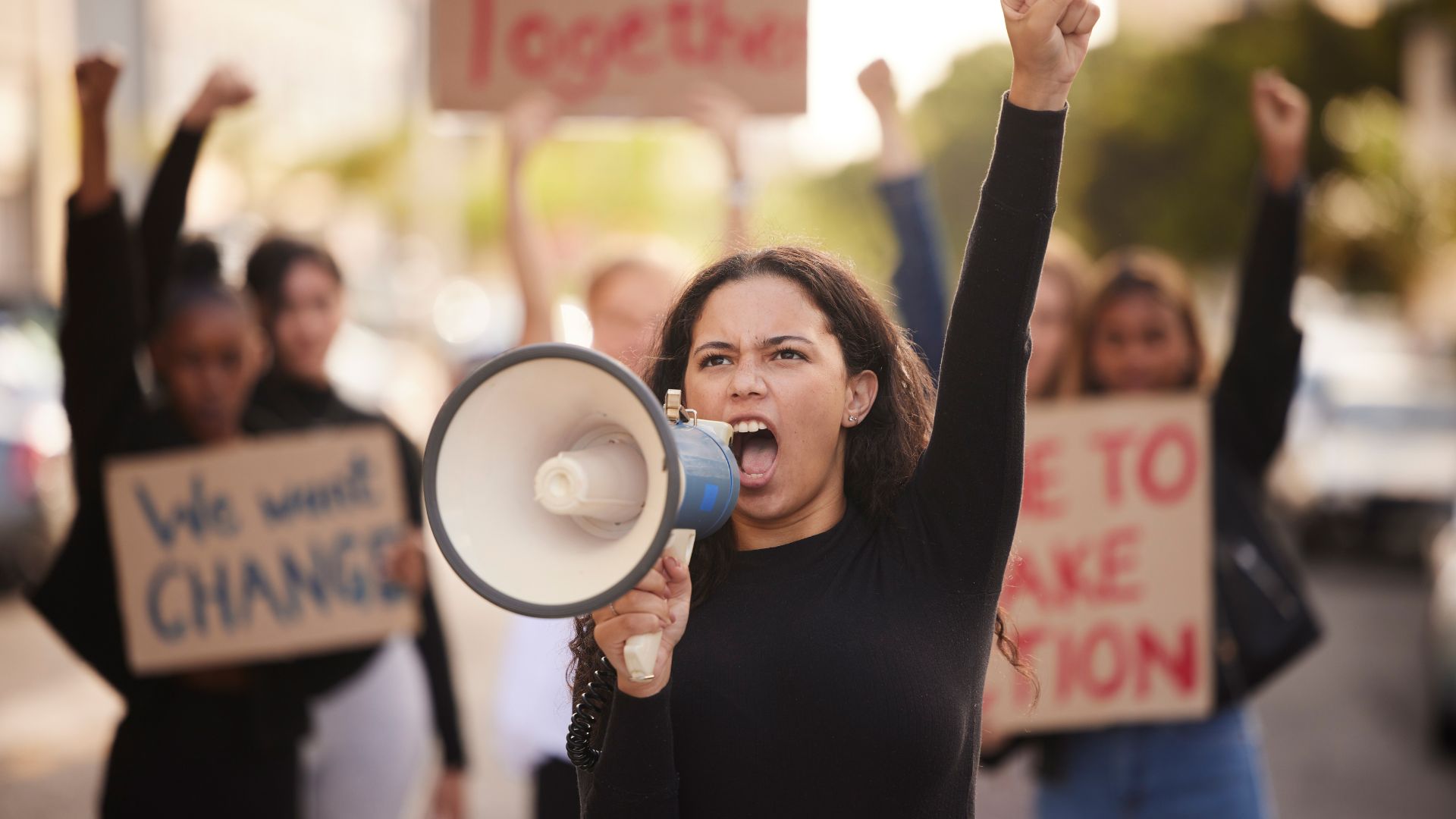The journey towards gender equality has been a long and hard-fought battle. Over the years, women have faced discrimination, exclusion, and a lack of basic rights. In this blog post, we will explore the legal perspective of the evolution of women’s rights. From historical milestones to the legal frameworks that have shaped the status of women in society, we’ll delve into the significant developments that have marked this ongoing struggle.
Historical Beginnings
The fight for women’s rights is not a recent phenomenon. It has deep historical roots. Women have been advocating for equality for centuries. The suffrage movement of the late 19th and early 20th centuries, for example, was instrumental in securing women’s right to vote in many countries. Women’s rights activists like Susan B. Anthony and Elizabeth Cady Stanton played a crucial role in this movement.
Landmark Legal Milestones
- Seneca Falls Convention (1848): The Seneca Falls Convention in the United States is often considered the birthplace of the women’s rights movement. It produced the “Declaration of Sentiments,” which called for women’s suffrage and equality.
- Suffrage Achieved (1920): The 19th Amendment to the U.S. Constitution granted women the right to vote. This was a significant legal victory in the fight for women’s rights.
- Equal Pay Act (1963): In the United States, the Equal Pay Act was passed to prohibit wage discrimination based on gender. This was a critical step toward addressing the gender pay gap.
- Title IX (1972): Title IX of the U.S. Education Amendments of 1972 prohibited sex discrimination in educational institutions that receive federal funding. This had a profound impact on women’s access to sports and educational opportunities.
- Convention on the Elimination of All Forms of Discrimination Against Women (CEDAW): Adopted by the United Nations in 1979, CEDAW is often described as an international bill of rights for women. It addresses issues like violence against women, political representation, and access to education and employment.
Challenges and Ongoing Struggles
While significant progress has been made, the struggle for women’s rights continues. Gender-based violence, the gender pay gap, lack of representation in leadership roles, and reproductive rights remain key issues. Laws and legal protections vary greatly from one country to another, and enforcement can be inconsistent.
The Role of International Law
International law has played a crucial role in advancing women’s rights. Treaties and conventions like CEDAW and the Beijing Declaration and Platform for Action have set international standards for women’s rights and have pressured nations to improve their legal frameworks.
Conclusion
The legal perspective of the evolution of women’s rights is a testament to the persistent efforts of activists, lawmakers, and advocates. While there has been considerable progress, the fight for gender equality is far from over. It’s essential to continue supporting legal reforms and initiatives that promote the rights and opportunities of women in all corners of the globe. Understanding the legal history of women’s rights is not just a matter of historical interest; it’s a call to action to ensure a more equitable and just future for all.

